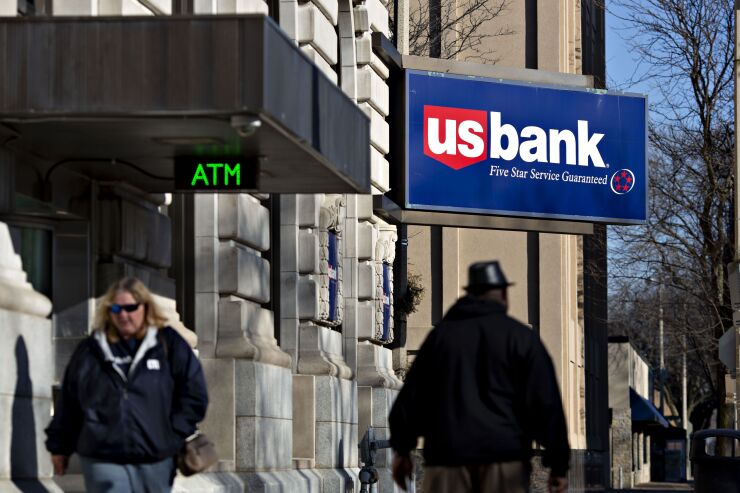
More banks are offering customers small-dollar installment loans or lines of credit at lower costs than nonbanks as alternatives such as payday lenders fall out of favor with regulators.
Financial institutions are on track to save consumers millions of dollars each year, said Gabriel Kravitz, a Pew Charitable Trusts manager who researches this market. Multiple large banks including
This more
More U.S. households turned to installment loans in 2022, with total spending on these loans climbing 25% to an estimated $36.7 billion, according to a report from the Financial Health Network. Nonbanks still dominate this market, but Pew's research found that borrowers would prefer to turn to their bank, Kravitz said.
"The big picture is that these loans are gaining traction in the market and serving as affordable options to things like payday loans," Kravitz said.
These products vary by bank, but loans are generally for up to $1,000 and require repayment over three or four months. Some banks structure their offering as a line of credit, often in the $500 to $1,000 range.
Small-dollar credit products are proving popular with consumers. Since launching its product in 2020,
To be sure, some banks are hesitant to offer small-dollar loans, in part because they are concerned about the ability to make money. There are narrow margins based on regulatory APR caps, so the economics can be challenging, said Blair Lanier, who leads a new financial institution small-dollar program for Upstart. There are also regulatory and compliance considerations related to offering loans to financially strained customers, Lanier said.
However, major banks have been doing it effectively for several years and managing risk, Kravitz said. Smaller banks may find it more efficient to find a partner to help with issues such as pricing and automation. "By offering a product like this, banks are keeping customers inside the bank, saving them money and building a positive long-term relationship," he said.
It's also an opportunity for banks to compete with credit unions, which offer similar products. Small-dollar loan volume at credit unions has been ticking up, accounting for $304.5 million in the second quarter of 2024, according to the latest data available from the National Credit Union Administration. That's up from $283.9 million in the first quarter. For the quarter ended in June, more than 500 federal credit unions offered payday alternative loans as a member service, according to the NCUA.
The options offered by banks can be more financially feasible for consumers than seeking financing from payday lenders.
U.S. Bank, meanwhile, charges a $6 fee for every $100 borrowed. So, someone who borrows $400 would have a fee of $24, with an equivalent APR of 35.65%. They repay the loan over three months.
"We find in most scenarios, this is an option that saves clients money over credit card APRs or payday lending," Jennifer Mott, WesBanco's executive vice president of retail banking, said in an email.
By comparison, a typical two-week payday loan with a $15 per $100 fee equates to an APR of almost 400%, according to the Consumer Financial Protection Bureau. Many states set a maximum amount for payday loan fees, ranging from $10 to $30 for every $100 borrowed, according to the CFPB.






